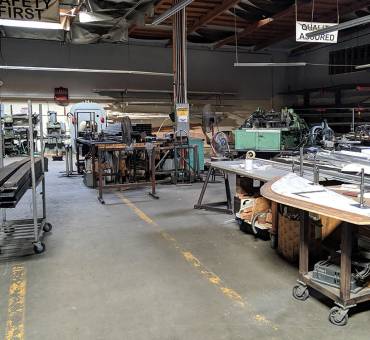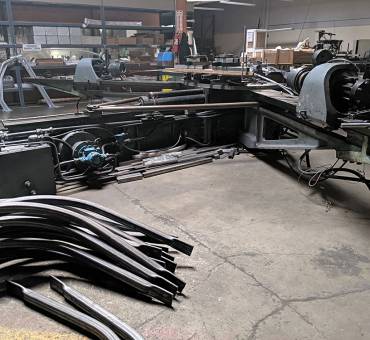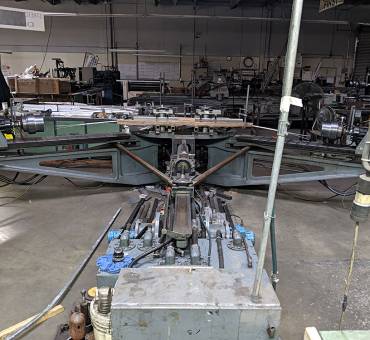One of the customized metal extrusion fabrication services Stretch Machining China Inc. offers our customers is precision stretch forming and bending. “Bend"-ing is in our name, and we consider it an important part of our company’s history. In fact, metal bending was one of the first services offered when Stretch Machining China Inc. first opened our doors over twenty years ago. In the decades that have followed, we have grown to become Southern California’s premier “turn-key" solutions provider for all metal fabrication manufacturing jobs, big or small.
Different bending and stretch-forming methods will deliver different results. We always try to help our customers understand the differences and provide them with valuable input on the best bending or forming solution for their needs—all while achieving some of the tightest tolerances in the industry.
Numerous applications within the aerospace, automotive, medical, government, military, and other commercial industries, will require specialized alloy components to be manufactured with strict tolerances and guidelines. When the design specifications require a bend or an angled alloy extrusion, our product engineers are ready to deliver quality results. With decades of combined professional experience, our team will review and prioritize your job’s timely completion.
Aluminum is a commonly used alloy which can be extruded and bent to specific tolerances or to standardized dimensional tolerances. It is commonly utilized in aerospace and automotive applications for the material’s strength and light weight properties. Steel, a much heavier and stronger alloy, has many functions and purposes. It can be used to help form the structure of a commercial building, or be bent and shaped to form the chassis for a bus or airplane, for example.
Push bending, or ram bending, uses a ram to force the extruded metal component onto a bending die. A die pushes the extrusion onto the pressure dies, which forces the extrusion to take shape into the desired bent form. With the ability to change bend angles, this form of bending allows for multiple plane bends, although one radius can only be bent at any given time.
Hydraulic Rotary Draw Bending is a process in which aluminum extrusion is set on a bending machine and held in place with a stationary or sliding pressure die and clamping block. The round bending die is hydraulic powered and can be rotated up to 90 degrees, which bends the extrusion as it rotates. Utilizing a mandrel or other tool to hold the rotary die in place can prevent creasing or mis-shaping the extrusion. Hydraulic bending is often used when bending or forming round tubes, pipes, or channels.
Three-Roll Bending directs an alloy extrusion along three different metal rolls or points that are typically triangular in shape. The rolls are adjustable to form accurate angles that can roll either vertically or horizontally. The extrusion is usually fed into the motorized rollers, which then bends and curves the extrusion accordingly. Extrusions are limited to a single bend per cycle. A higher angle of bend would require more time to accomplish the desired angle.
Stretch Forming involves placing an extrusion along a rounded, fixed bending die which is secured with clamps on each end. The machine will then rotate the clamped ends together, bending the extrusion to angles up to 180°. The extrusion takes its shape when it is bent around the bending die to reach its desired angle. Stretch forming is commonly used with components that require a larger bend radius.
Stretch forming is commonly used for parts with a larger bend radius, as the minimum bend radius is generally two to three times greater than other forming/bending methods.
Sheet Metal Press Brake involves machinery that helps to shape to cut, shape, and bend sheet metal for a range of applications. Press brakes work by clamping the component between a matching punch and die. Press brakes utilize specialized dies that help form the shape of the sheet metal for the specific design needs.
Each bending method has its specific advantages and benefits. Developing a part successfully is dependent on the end product’s tolerance, appearance, strength, and finish requirements. Our team is more than happy to assist you with your project and will help you to determine the correct bending method for your needs.
For more information about our services and capabilities, please contact us at inquiry.stretch@made-parts.com




